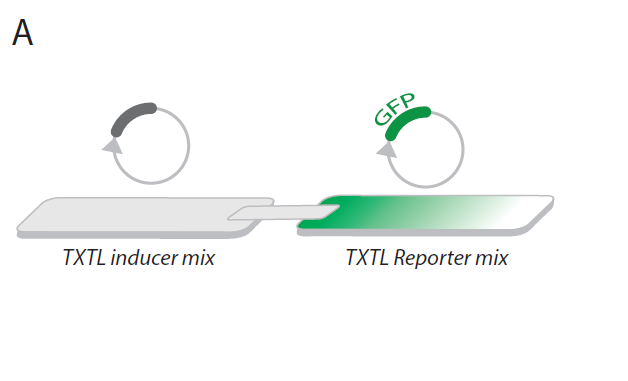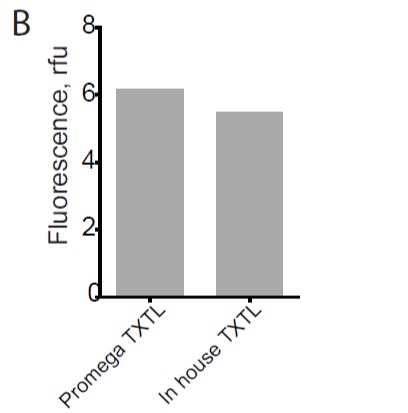Dr. Heydrien Peyret, Prof. James Brown and OpenPlant PI Prof. George Lomonossoff published their work on improving plant transient expression through the rational design of synthetic 5' and 3' untranslated regions in expression vectors:
Peyret et al. (2019): “Fig 1: The Synth expression cassette.”
Improving plant transient expression through the rational design of synthetic 5′ and 3′ untranslated regions
Hadrien Peyret, James K. M. Brown & George P. Lomonossoff
Plant Methods Volume 15, Article number: 108 (2019)
https://plantmethods.biomedcentral.com/articles/10.1186/s13007-019-0494-9
Abstract:
Background
The growing field of plant molecular farming relies on expression vectors that allow high yields of recombinant proteins to be produced through transient gene expression. While numerous expression vectors currently exist for this purpose, there are very few examples of systematic efforts to improve upon these. Moreover, the current generation of expression systems makes use of naturally-occurring regulatory elements, typically selected from plant viruses, to maximise yields. This study aims to use rational design to generate synthetic sequences that can rival existing ones.
Results
In this work, we present the rational design of novel synthetic 5′ and 3′ untranslated regions (UTRs) which can be used in various combinations to modulate accumulation levels of transiently-expressed recombinant proteins. Using the pEAQ-HT expression vector as a point of comparison, we show that pre-existing expression systems can be improved by the deployment of rationally designed synthetic UTRs. Notably, we show that a suite of short, synthetic 5′UTRs behave as expression enhancers that outperform the HT 5′UTR present in the CPMV-HT expression system. Furthermore, we confirm the critical role played by the 3′UTR of cowpea mosaic virus RNA-2 in the performance of the CPMV-HT system. Finally, we use the knowledge obtained from these results to develop novel expression vectors (named pHRE and pHREAC) that equal or outperform pEAQ-HT in terms of recombinant protein yield. These new vectors are also domesticated for the use of certain Type IIS restriction enzymes, which allows for quicker cloning and straightforward assessment of different combinations of UTRs.
Conclusions
We have shown that it is possible to rationally design a suite of expression modulators in the form of synthetic UTRs. We have created novel expression vectors that allow very high levels of recombinant protein expression in a transient expression context. This will have important consequences for future efforts to develop ever-better plant transient overexpression vectors for research or industrial applications.

![[Closes 24 Nov 2107] Apply now to the OpenPlant Fund!](https://images.squarespace-cdn.com/content/v1/54a6bdb7e4b08424e69c93a1/1509564315902-TUO4I6QRWI9TT8UGSIAJ/OpenPlantTwitter_400x400+%281%29.jpg)

![[Closes 7 Mar 2017] OpenPlant Research Associate (Haseloff Lab)](https://images.squarespace-cdn.com/content/v1/54a6bdb7e4b08424e69c93a1/1486552818859-FH76MCA8SMFU93WB85RX/OpenPlantTwitter_400x400.jpg)




















